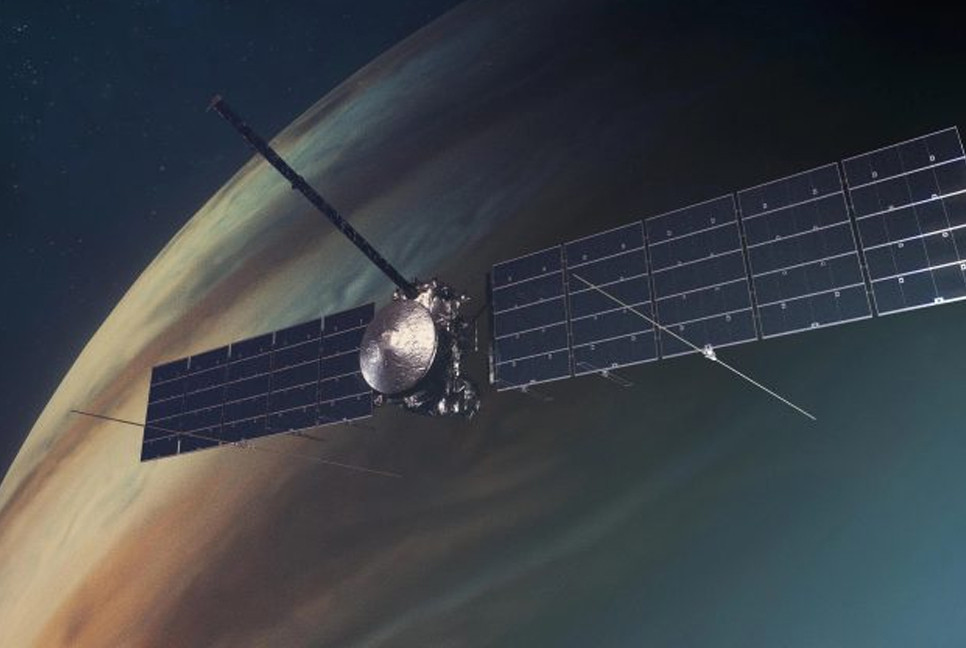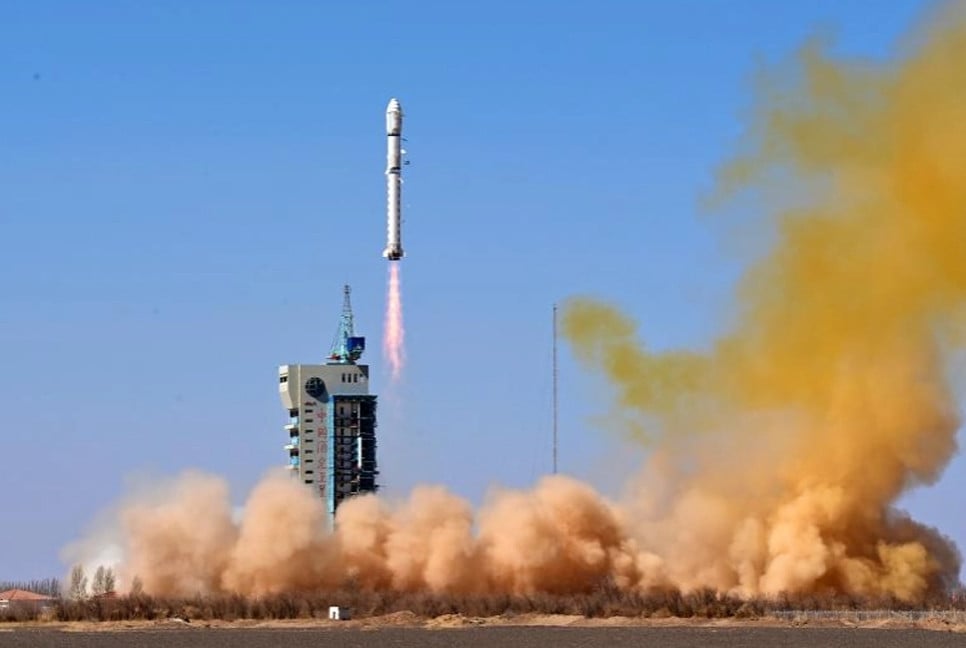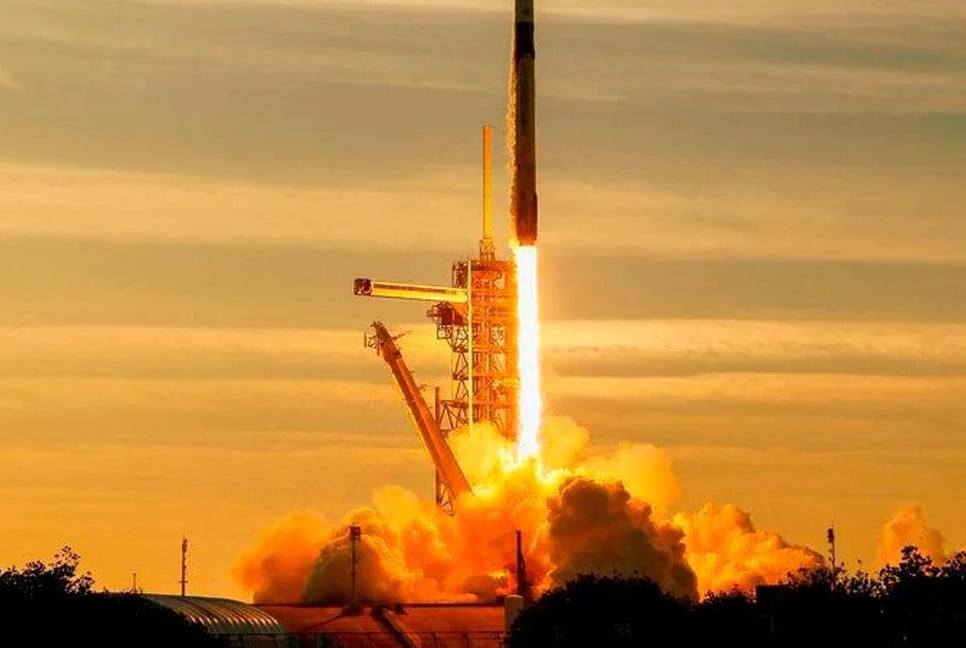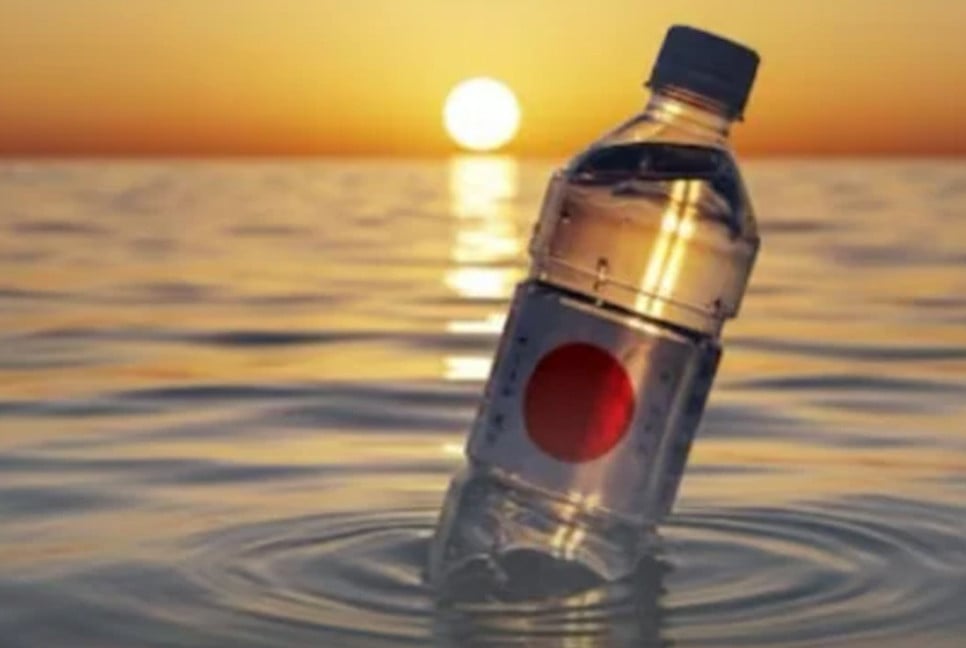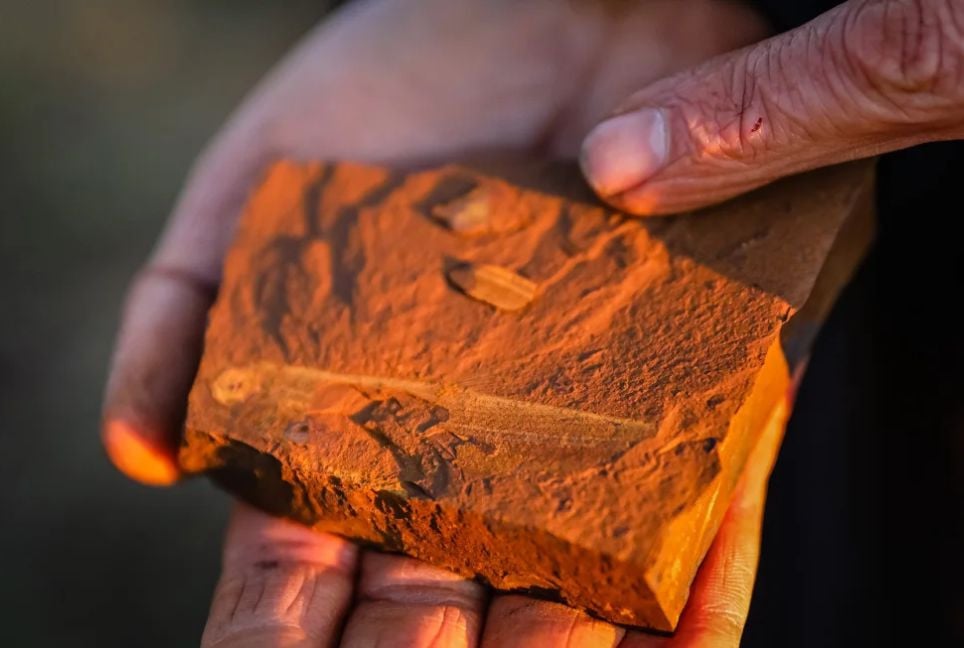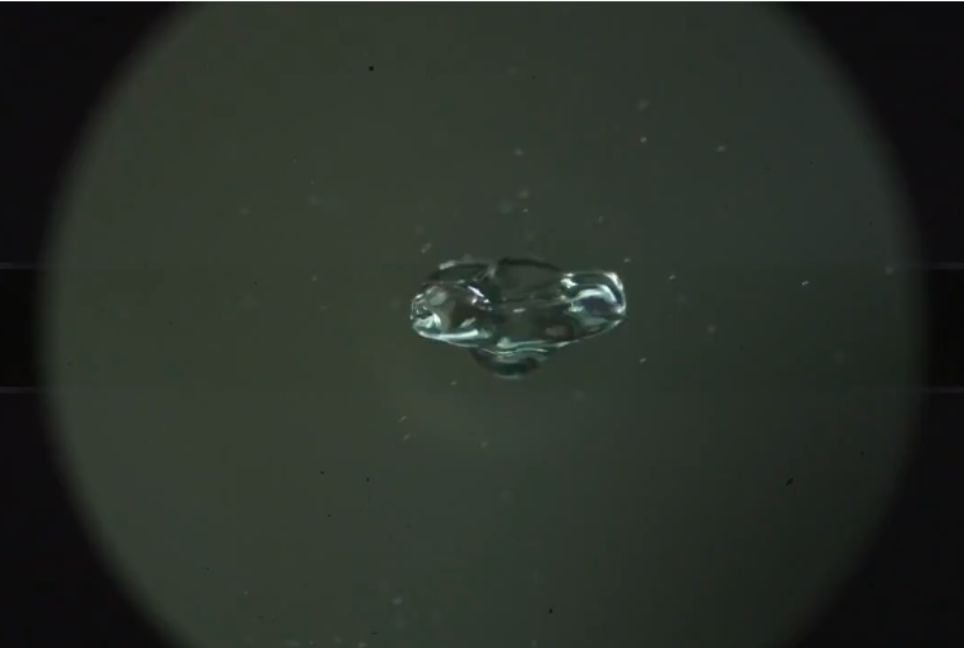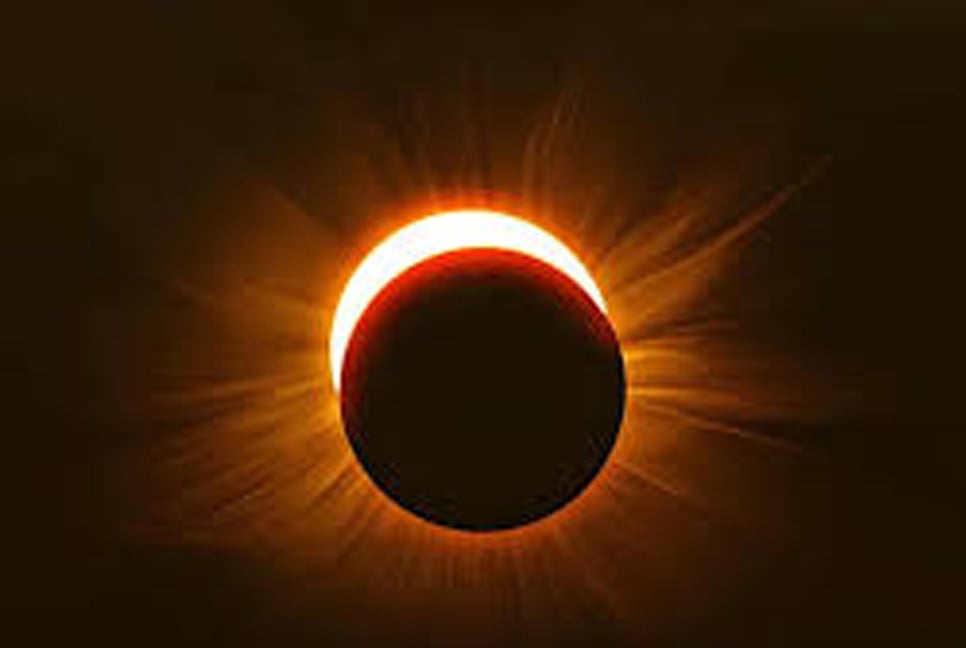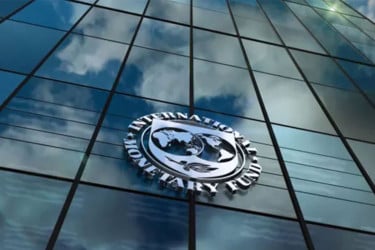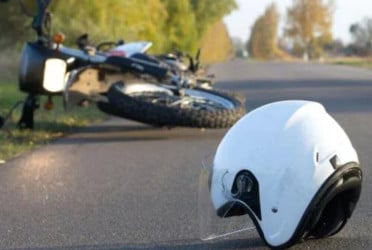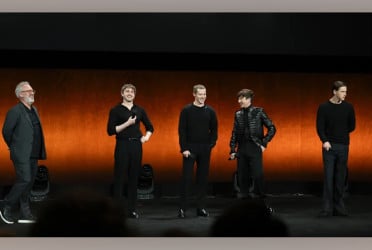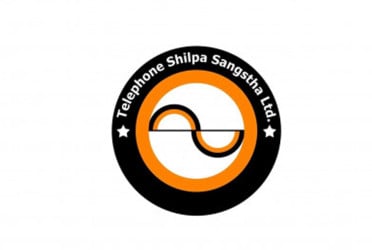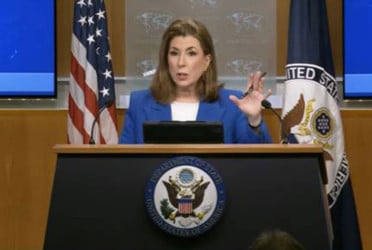Despite not heading directly to Jupiter, NASA's Europa Clipper mission is embarking on a six-year odyssey to explore the icy moon Europa. This extended travel time is primarily due to the spacecraft's chosen trajectory, which leverages the gravitational pull of Mars and Earth to gain the necessary velocity. While this method is time-consuming, it is significantly more fuel-efficient, allowing the spacecraft to carry more scientific instruments.
NASA's Europa Clipper mission, which launched on October 14, 2024, embarks on a six-year journey to explore one of the most intriguing bodies in our solar system: Jupiter's moon Europa. With a primary objective to investigate Europa's potential habitability, this mission aims to unveil the mysteries hidden beneath its icy surface, reports Republic World.
Europa Clipper Mission: Unraveling the Mysteries of Jupiter's Ocean World
NASA's Europa Clipper aims to explore Jupiter's moon Europa, which likely harbors a global ocean beneath its icy surface. The mission has three primary objectives:
1. Determine Ice Thickness and Ocean Interaction: Assess the icy shell's thickness, the presence of liquid water, and how the ocean interacts with the surface.
2. Investigate Ocean Composition: Analyze the ocean's composition to evaluate its potential to support life.
3. Characterize Geology: Study surface features and signs of recent geological activity.
With more water than all of Earth's oceans, along with essential chemical building blocks and stable conditions for 4 billion years, Europa is considered one of the most promising environments for extraterrestrial life. The Clipper will conduct about 50 close flybys to gather detailed data, focusing on conditions that may support life beneath its surface.
Extended Travel Time Explained
While the six-year journey may seem lengthy, it is a carefully calculated necessity driven by several factors. The spacecraft must navigate the vast distance between Earth and Jupiter, which is approximately 779 million kilometers at its closest approach. However, the total distance the spacecraft will travel amounts to around 2.9 billion kilometers to reach its target.
The lengthy travel time is primarily due to the mission's chosen trajectory. Europa Clipper will employ a Mars-Earth Gravity Assist (MEGA) trajectory, utilizing the gravitational fields of Mars and Earth to gain the necessary velocity for its journey to Jupiter. Although this method is time-consuming, it is significantly more fuel-efficient than a direct route, allowing the spacecraft to carry more scientific instruments and less propellant.
After launching, Europa Clipper is headed towards Mars, reaching it in February 2025 for a gravitational assist. Following that, it will return to Earth in December 2026 for another gravity boost before propelling itself towards Jupiter. This intricate navigation through the solar system is essential for achieving the velocity required to reach Jupiter's orbit.
Upon arrival at Jupiter in April 2030, Europa Clipper will not immediately begin its primary mission. Instead, it will spend approximately a year adjusting its orbit around the giant planet, fine-tuning its trajectory for optimal flybys of Europa. This careful orbital manoeuvring is crucial to ensure the spacecraft can safely navigate Jupiter's intense radiation environment while conducting its scientific observations.
Challenges and Delays
The journey to Jupiter has not been without its challenges. Delayed by Hurricane Milton, the launch of the Europa Clipper was also nearly derailed by concerns regarding the spacecraft's transistors. NASA discovered in spring 2024 that Clipper's transistors might be more vulnerable to Jupiter's intense radiation field than anticipated. During each of the 49 Europa flybys, the spacecraft will endure the equivalent of several million chest X-rays.
After months of review and assessment, NASA concluded in September 2024 that the mission could proceed as planned, ensuring that the spacecraft's systems would perform optimally during its journey and scientific exploration.
Bd-pratidin English/Lutful Hoque

